Proteases
Proteases, also known as peptidases or proteolytic enzymes, consists of a large number of enzymes catalyzing the hydrolysis of peptide bonds and subsequently resulting in the degradation of protein substrates into amino acids. Proteases are involved in a wide range of human diseases, including cancer, neurodegenerative disorders, inflammatory diseases and cardiovascular diseases. Thus numerous proteases inhibitors (small molecules and proteins) have been identified to block activity of proteases. Proteases inhibitors can be classified into different types based on the class of proteases they inhibit through two general mechanisms, irreversible “trapping” reactions and reversible tight-binding reactions. Proteases inhibitors have been used as diagnostic or therapeutic agents for the treatment of proteases-related diseases.
-
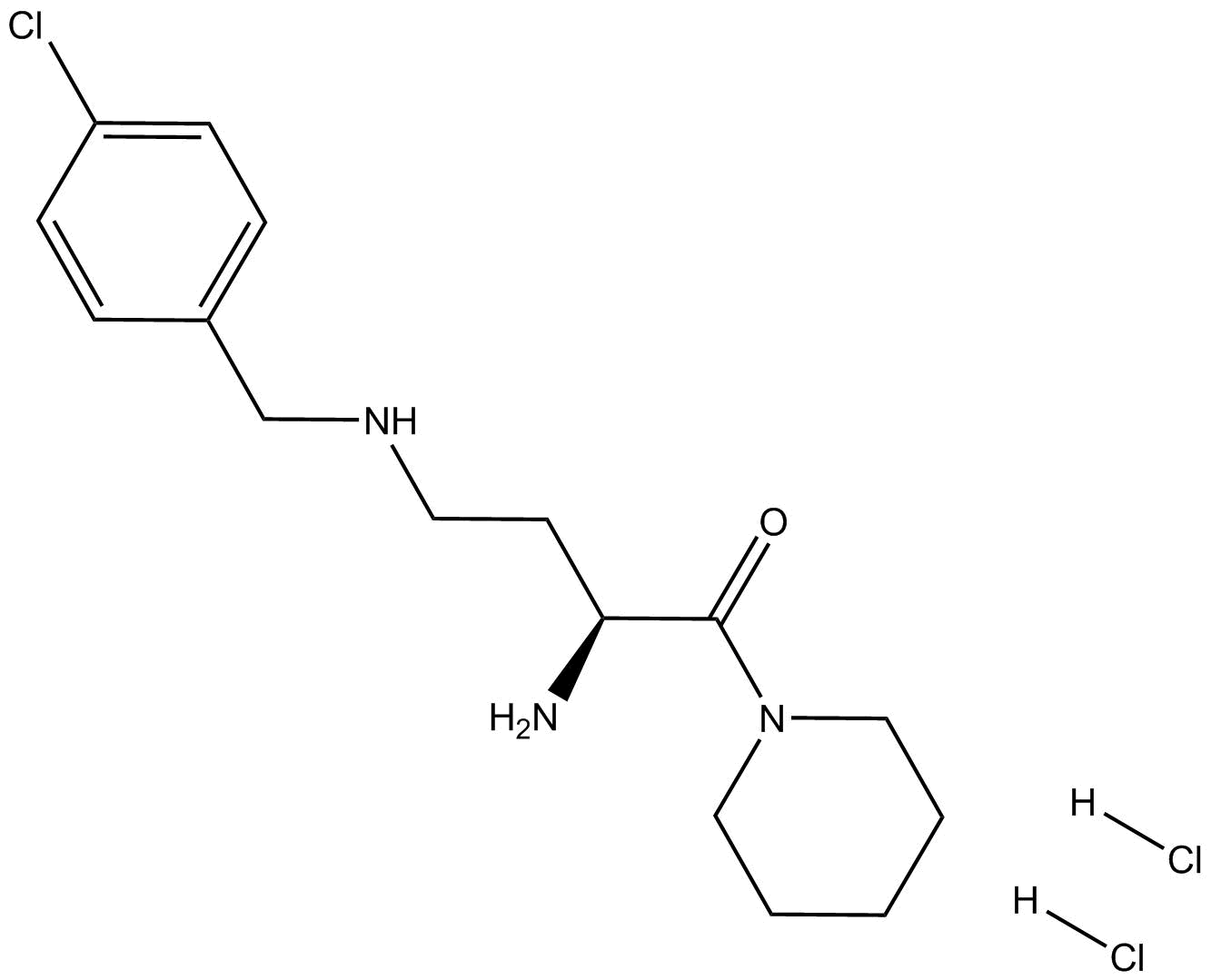 B5780 UAMC 00039 dihydrochlorideTarget: Dipeptidyl-peptidase IISummary: dipeptidyl peptidase II (DPP-II) inhibitor
B5780 UAMC 00039 dihydrochlorideTarget: Dipeptidyl-peptidase IISummary: dipeptidyl peptidase II (DPP-II) inhibitor -
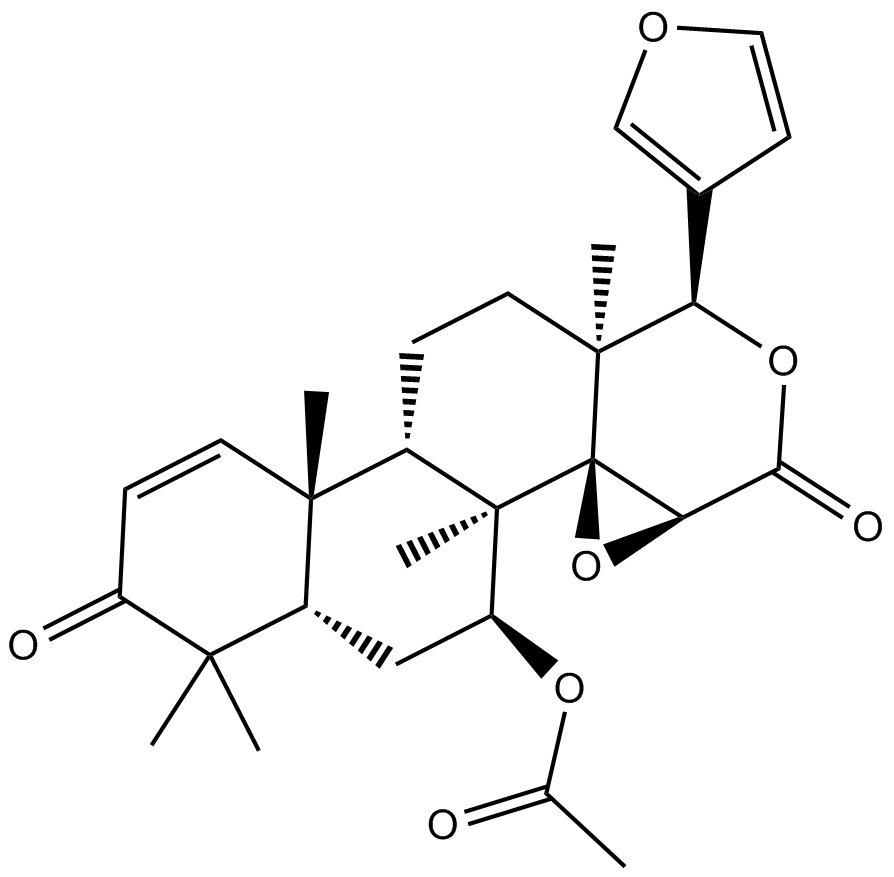 B7393 GeduninTarget: HSP90Summary: naturally occurring Hsp90 inhibitor
B7393 GeduninTarget: HSP90Summary: naturally occurring Hsp90 inhibitor -
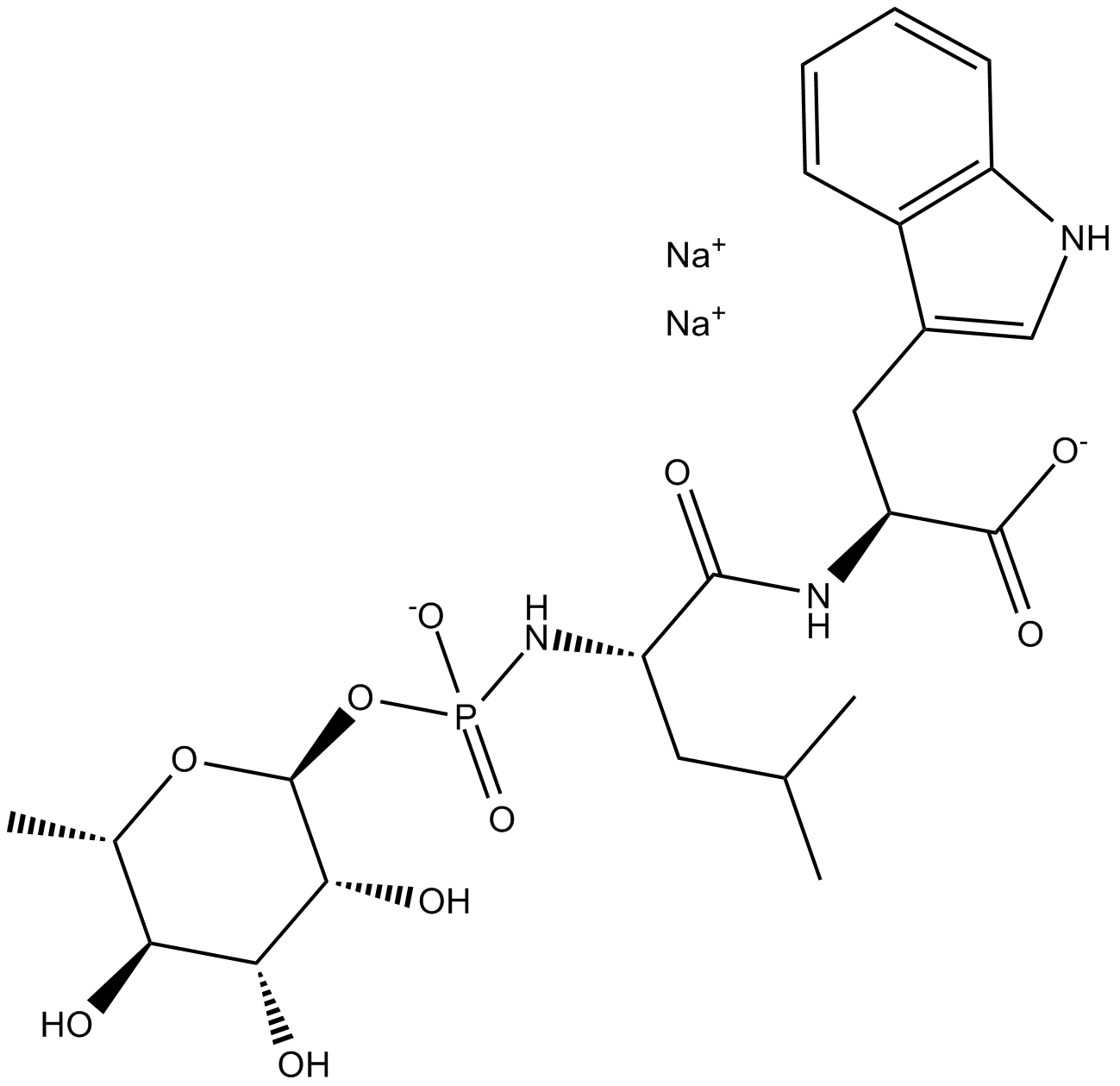 B4790 Phosphoramidon Disodium SaltTarget: metalloproteaseSummary: metalloproteinase inhibitor
B4790 Phosphoramidon Disodium SaltTarget: metalloproteaseSummary: metalloproteinase inhibitor -
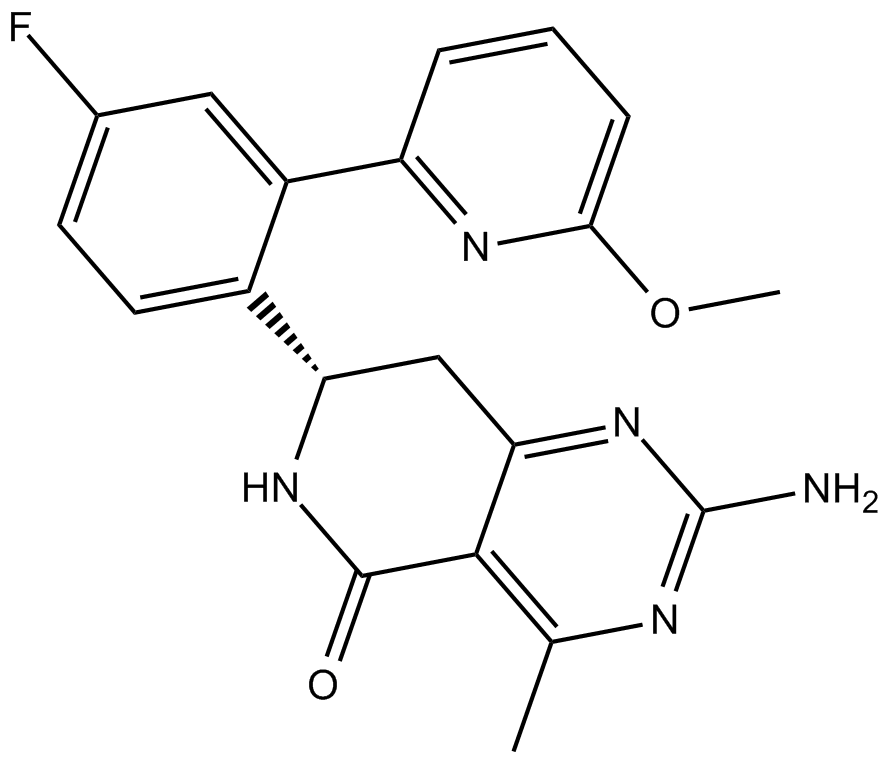 B4797 HSP990 (NVP-HSP990)Target: HSP90Summary: Hsp90 inhibitor, potent and selective
B4797 HSP990 (NVP-HSP990)Target: HSP90Summary: Hsp90 inhibitor, potent and selective -
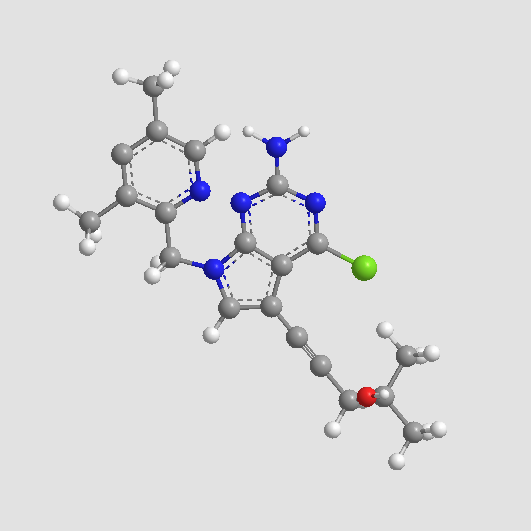 B4920 EC 144Target: HSP90Summary: High affinity, potent and selective Hsp90 inhibitor
B4920 EC 144Target: HSP90Summary: High affinity, potent and selective Hsp90 inhibitor -
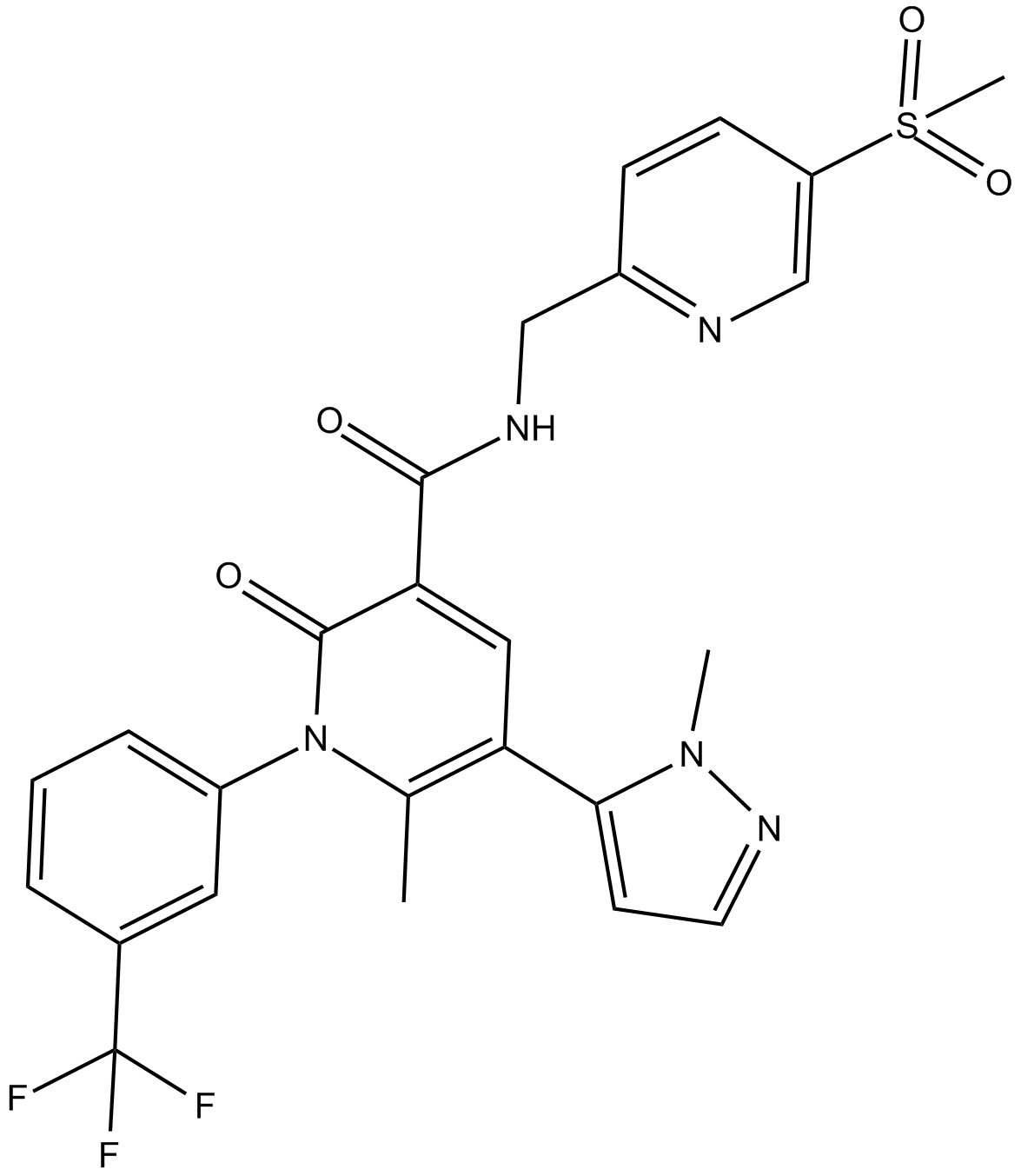 B1037 AlvelestatTarget: NESummary: NE inhibitor
B1037 AlvelestatTarget: NESummary: NE inhibitor -
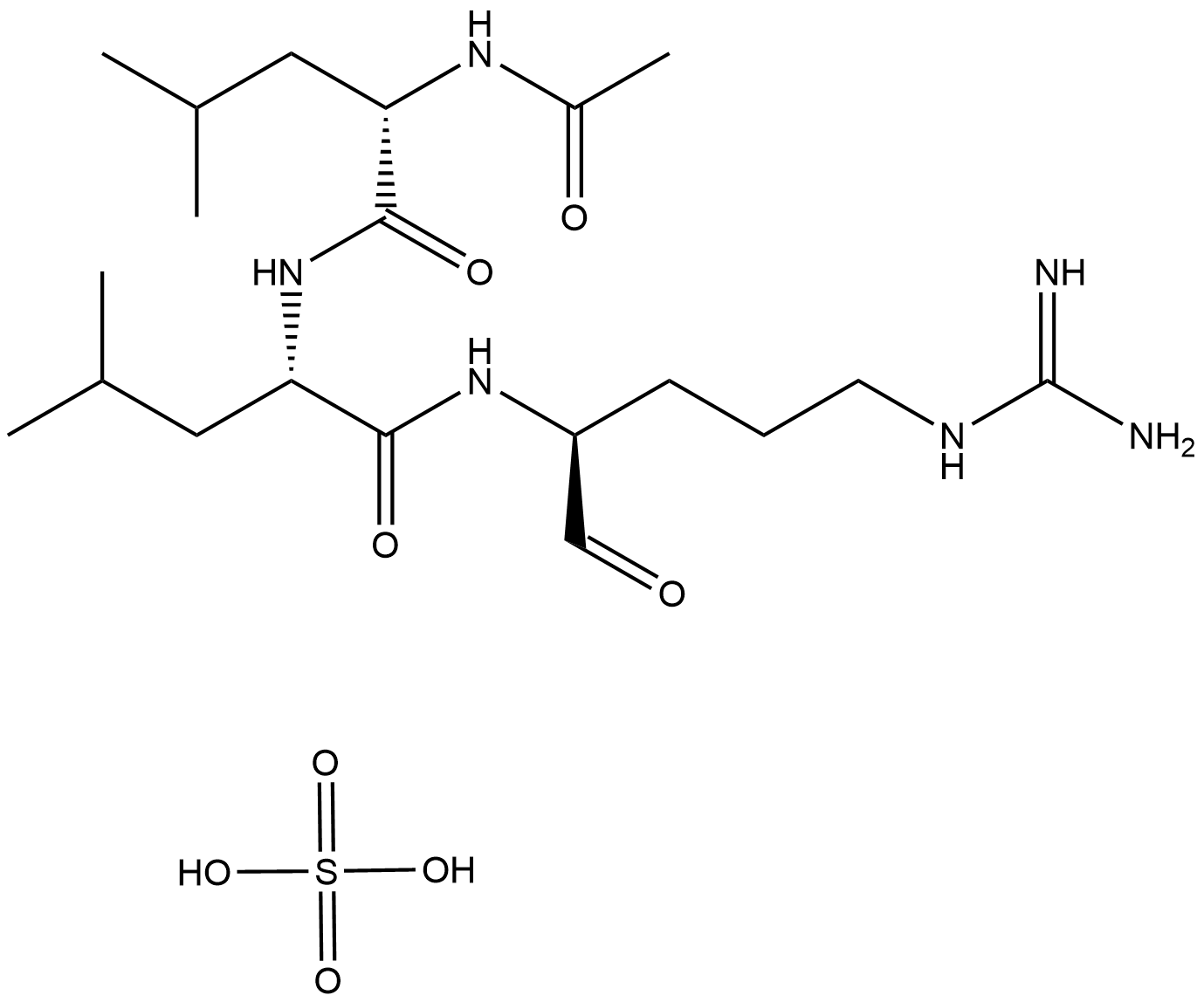 A2570 Leupeptin, MicrobialTarget: Cathepsins|Calpains|TrypsinsSummary: Inhibitor of serine and cysteine proteases
A2570 Leupeptin, MicrobialTarget: Cathepsins|Calpains|TrypsinsSummary: Inhibitor of serine and cysteine proteases -
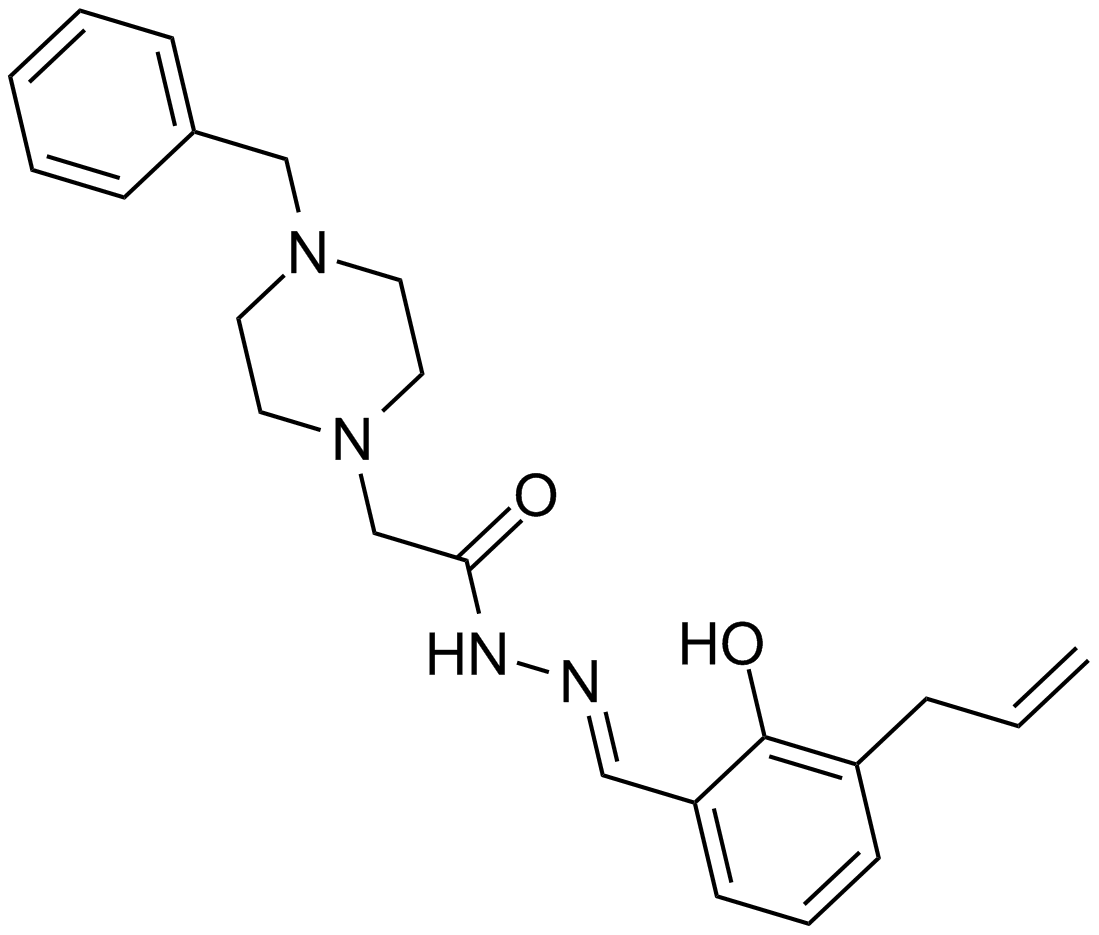 A8177 PAC-11 CitationTarget: CaspasesSummary: Procaspase-3 activator
A8177 PAC-11 CitationTarget: CaspasesSummary: Procaspase-3 activator -
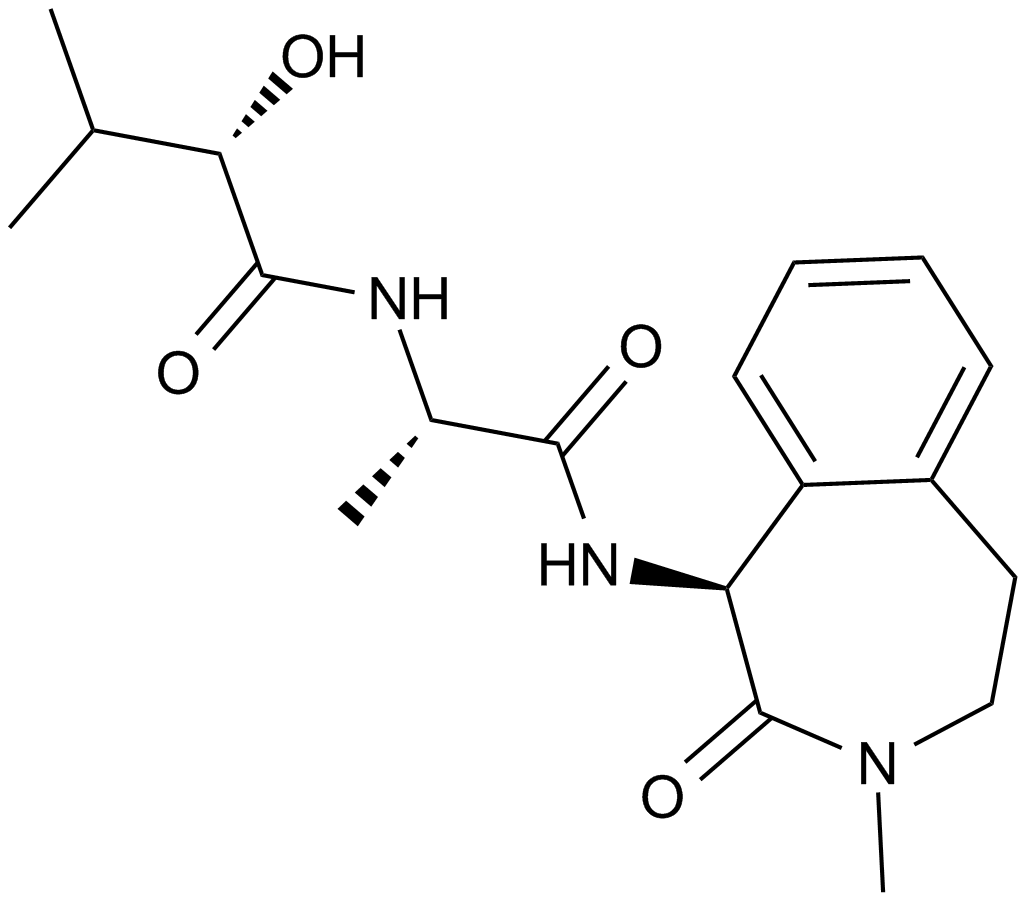 A8190 Semagacestat (LY450139)Summary: γ-secretase inhibitor
A8190 Semagacestat (LY450139)Summary: γ-secretase inhibitor -
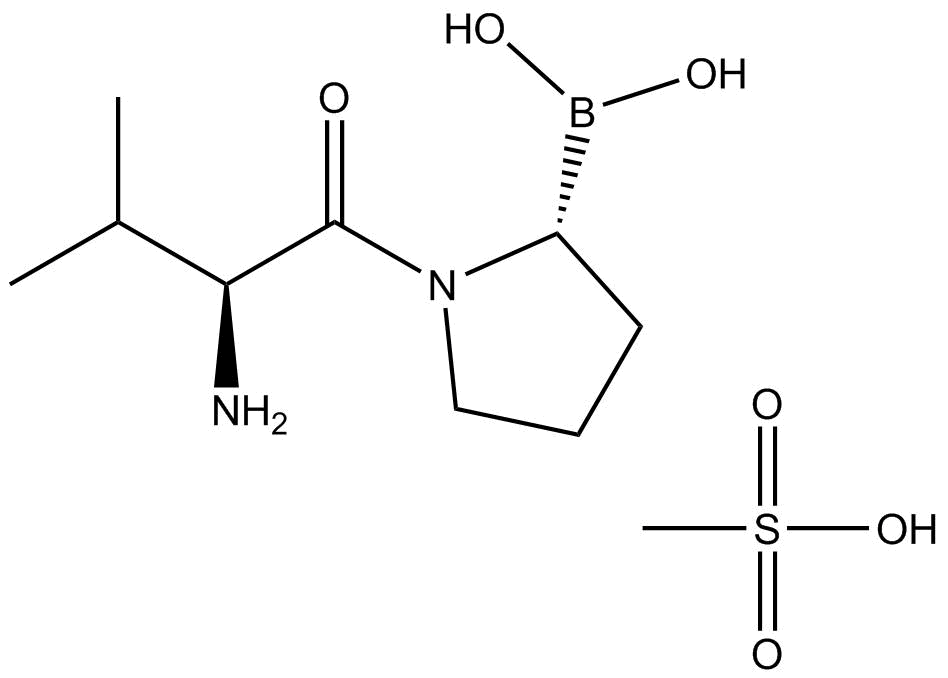 B3941 Talabostat mesylate2 CitationTarget: DPP-4Summary: orally active, specific inhibitor of DPP4
B3941 Talabostat mesylate2 CitationTarget: DPP-4Summary: orally active, specific inhibitor of DPP4

